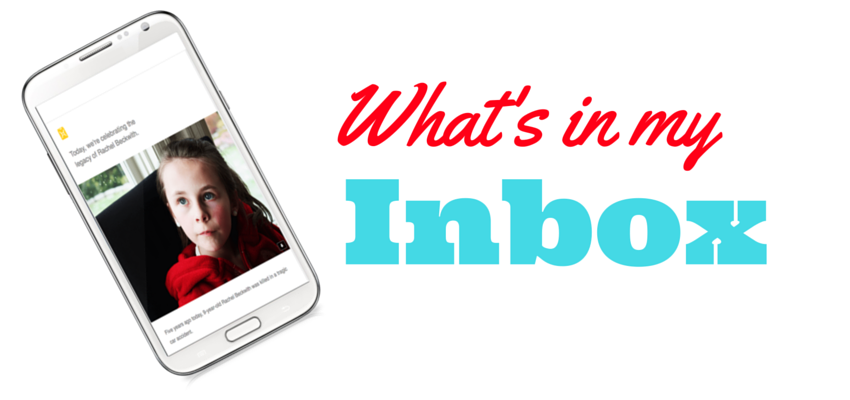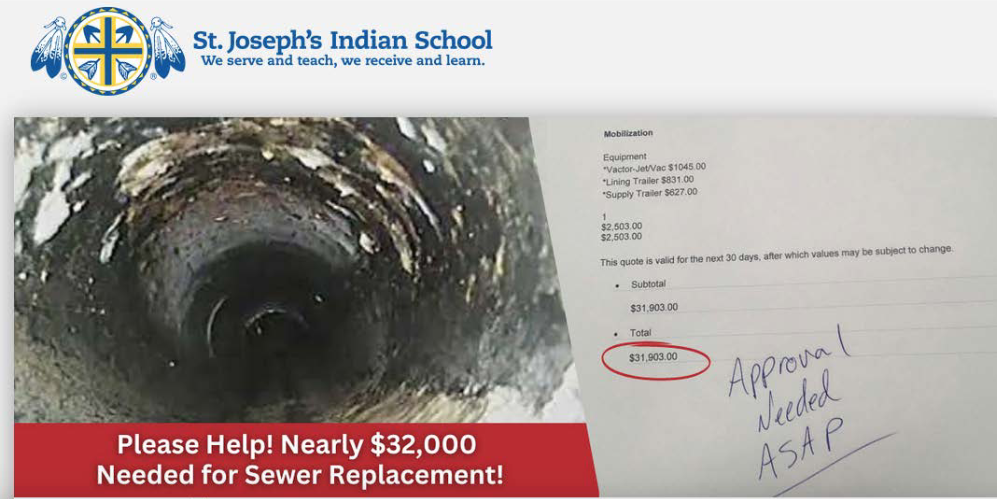
Donor stewardship and communications make up the most important component in growing your nonprofit’s general operating support — AKA individual giving. So it follows that as a nonprofit trainer, I “mystery shop” roughly 100 or so nonprofit organizations every year.
I’m looking at:
- How easy is it to make a gift?
- How do they respond to a gift from a new donor?
- Do they value small donations?
- What kind of follow-up do I receive?
A few years back a colleague — I don’t recall who — recommended making a gift to St. Joseph’s Indian School, a nonprofit that educates and provides housing housing for over 200 Lakota (Sioux) children each year.
The gift was made online and I was delighted by the follow-up, a personal phone call from someone at the school, along with a wonderful Welcome pack that I received in the mail.
And, while I may not have been thrilled with some of the direct mail packs I’ve received from St. Joseph’s School since then, there’s no arguing they’ve been fun and expansive.
Now comes an email for a campaign specific to a need that most nonprofits might shy away from talking about. Sanitation and sewer systems.
The subject line, “It’s the LEAST glamorous topic to talk about,” complete with toilet emoji, made this one hard to ignore.
Inside the email hits all the right notes, including:
- strong personalization throughout
- simplifies the problem in a way anyone can grasp
- speaks to the organization’s proactive leadership
- speaks to the donor’s motivations “you can feel confident your gift”
In other words, it’s very real and raw and human. Which is what’s needed in your donor communications right now.
Take note of the excellent best practices on the donate page as well, including the prefilled donor information and the extreme ease of use. Download the example below.


















 I can’t wait to meet with you personally.
I can’t wait to meet with you personally.
Comments on this entry are closed.